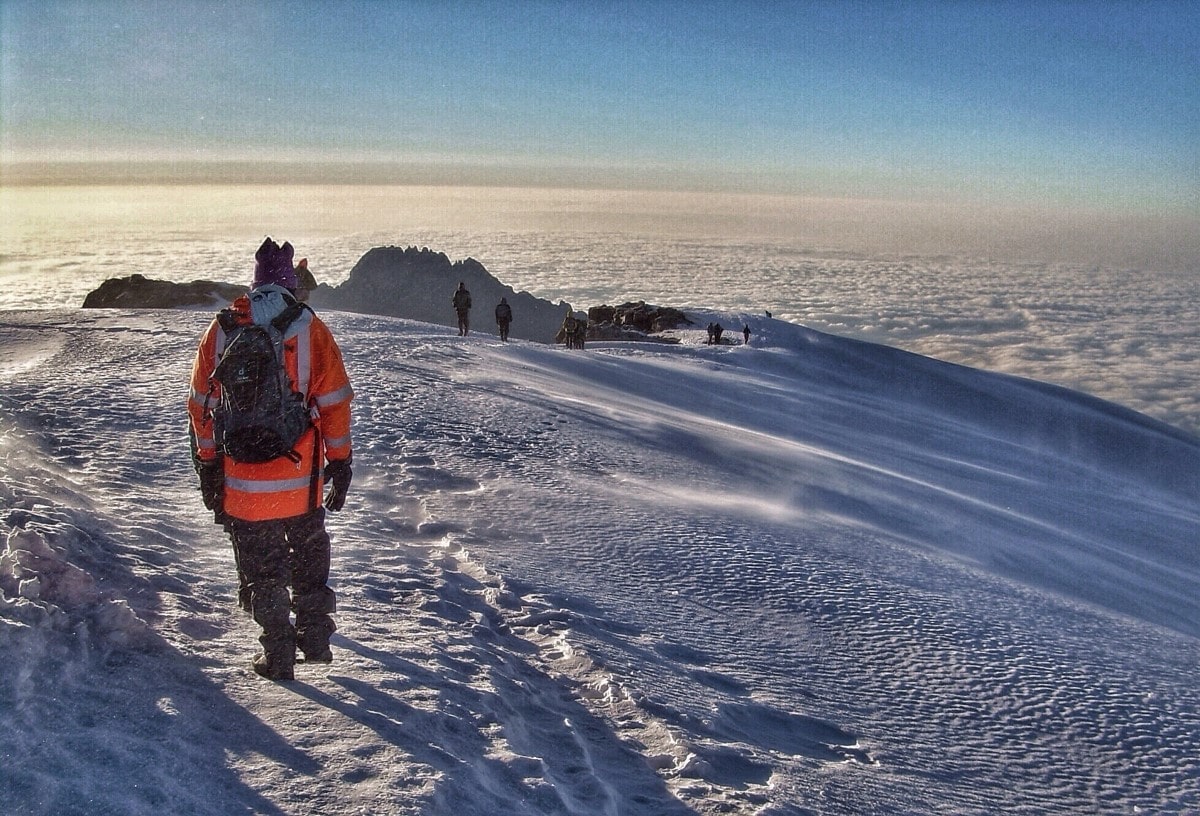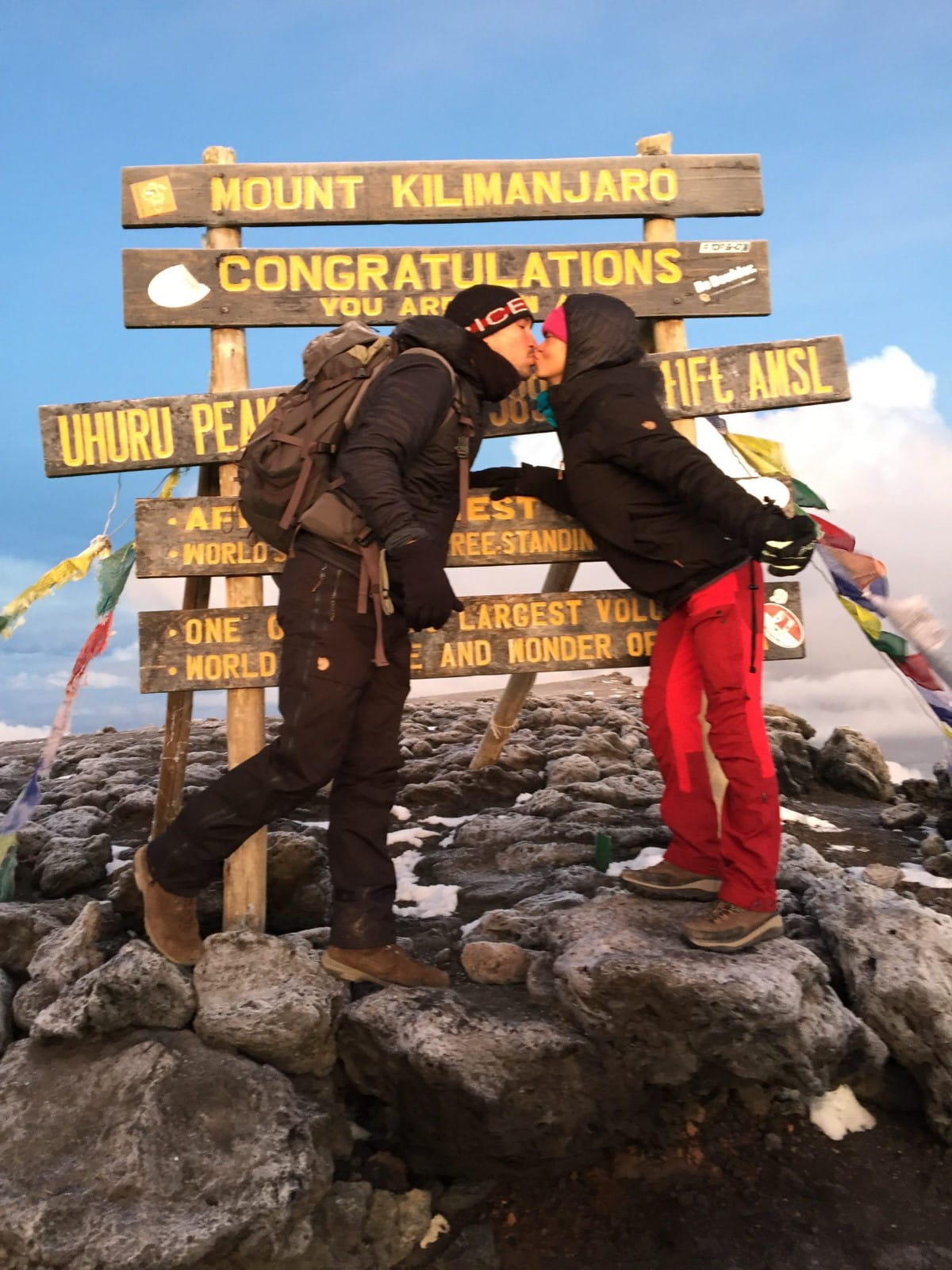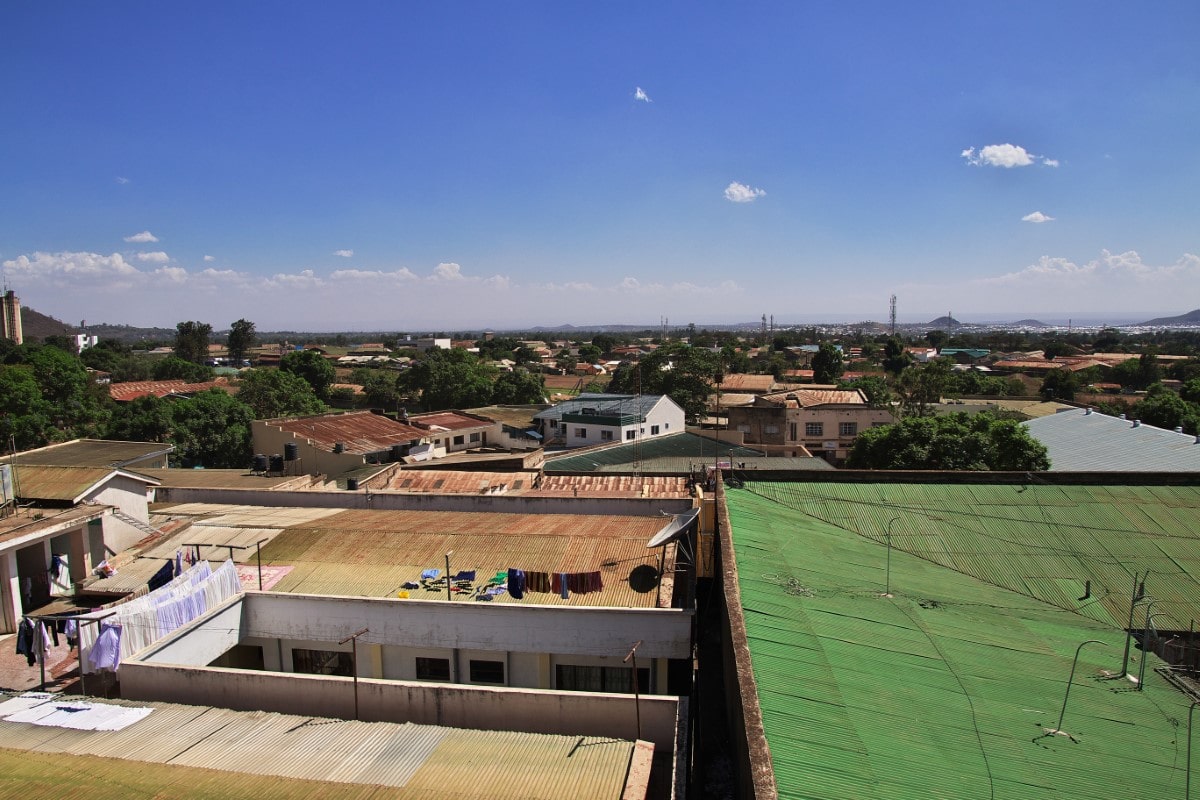Training for Kilimanjaro Living at Sea Level
The most common question for someone looking to climb Kilimanjaro who lives at or near sea level is “how will the altitude affect me?” It’s a great question as 99% of those set to climb Kili have never been to 19,340’/5,895m before!
Choosing the right route without starting too high, and taking the proper pace is a must.
Climbing Kili is an experience of a lifetime, but it can also be a challenging feat, especially if you live near sea level. In this article, we will guide you on how to train for climbing Mt Kilimanjaro if you live near sea level.
Why living near sea level affects your climb.
Living near sea level means that your body is accustomed to a greater concentration (pressure) of oxygen, which can make it difficult for you to adapt to the higher altitudes of Mt Kilimanjaro. As you climb higher, the air becomes thinner, and the atmospheric pressure decreases, which makes it harder for your body to get the oxygen it needs. This lack of oxygen can cause altitude sickness, which can range from mild symptoms like headache and nausea to severe conditions like pulmonary edema and cerebral edema. We measure these effects to ensure your proper acclimatization, twice daily.
It’s therefore essential to train your body to adapt to high altitudes before climbing Mt Kilimanjaro. In our Welcome Package, we provide a detailed Training Plan, which has lead, in large part, to our 98% summit success rate. This training will help your body to acclimatize to the higher altitude, improve your fitness level, and reduce the risk of altitude sickness.
How to train for climbing Mt Kilimanjaro while living near sea level:
- Build your aerobic fitness One of the most important aspects of preparing for Kilimanjaro is elevating your heart rate through aerobic fitness. You need to be able to sustain physical activity for several hours a day, at high altitudes, for several days in a row. At elevation your heart rate will increase as your body tries to increase delivery of oxygen to red blood cells. The best way to build aerobic fitness is to engage in activities that increase your heart rate and breathing, such as hiking, Stairmaster, running, cycling, or swimming. Start with a low-intensity workout and gradually increase the duration and intensity over several weeks. Aim to exercise for at least 45 minutes a day, five days a week, and try to do a long hike or bike ride once a week to simulate the conditions of Kilimanjaro.
- Train with a backpack to simulate the conditions of Kilimanjaro: You need to train with a backpack. While you won’t be carrying all your gear and supplies for the duration of the climb, you will have a day pack with water, snacks, clothing for that day. Start with a lightweight backpack and gradually increase the weight over time. Aim to carry at least 15 pounds—7kg, which is the average weight of a Kilimanjaro backpack, and try to do longer hikes with the backpack to simulate the conditions of the climb.
- Incorporate strength training: While aerobic fitness is crucial for Kilimanjaro, it’s also important to incorporate strength training into your routine. You will need strong legs and core muscles to climb the steep and rocky terrain of Kilimanjaro. Some exercises to incorporate into your training routine include lunges, squats, step-ups, and planks. You can also use resistance bands or weights to increase the intensity of your workout.
- If possible practice hiking at higher elevations: Living near sea level means that you’re not used to high elevations, which can make it challenging to adjust to the altitude of Kilimanjaro. To prepare for this, try to hike at higher elevations if possible. Look for trails or mountains that are at least 7,000’/2,000 meters above sea level, and gradually increase the elevation as you get closer to your climb date. This will help your body adjust to the lower levels of oxygen at higher elevations and reduce the risk of altitude sickness.
- Get plenty of rest: You don’t build muscle working out. You build it while resting and repairing. It’s important to get plenty of rest and allow your body to recover between workouts. Climbing Kilimanjaro is a physically and mentally demanding experience, and you need to be in top shape to handle the challenges of the climb. Aim to get at least eight hours of sleep each night and take rest days to allow your body to recover from intense workouts. Listen to your body and don’t push yourself too hard if you’re feeling tired or unwell. Overtraining can lead to injury or burnout, which can set back your progress and make it harder to reach your goals.
- Stay hydrated and eat well: Proper nutrition and hydration are essential for any physical activity, but especially for climbing Kilimanjaro. At high altitudes, it’s easy to become dehydrated and lose your appetite, which can lead to fatigue and other health problems. To prevent this, drink plenty of water throughout the day, and eat nutrient-rich foods that provide the energy and nutrients your body needs to perform. Pack plenty of high-energy snacks, such as nuts, dried fruits, and energy bars, for the climb.
In conclusion, climbing Mount Kilimanjaro is an incredible and rewarding experience, but it requires careful planning and preparation, especially if you live near sea level. To train for Kilimanjaro, focus on building your aerobic fitness, incorporating strength training, practicing hiking at higher elevations, using altitude training equipment, getting plenty of rest, staying hydrated and eating well, getting acclimatized, and hiring a guide or joining a group. With the right mindset and preparation, you can reach the summit of Kilimanjaro and achieve a lifelong dream.










